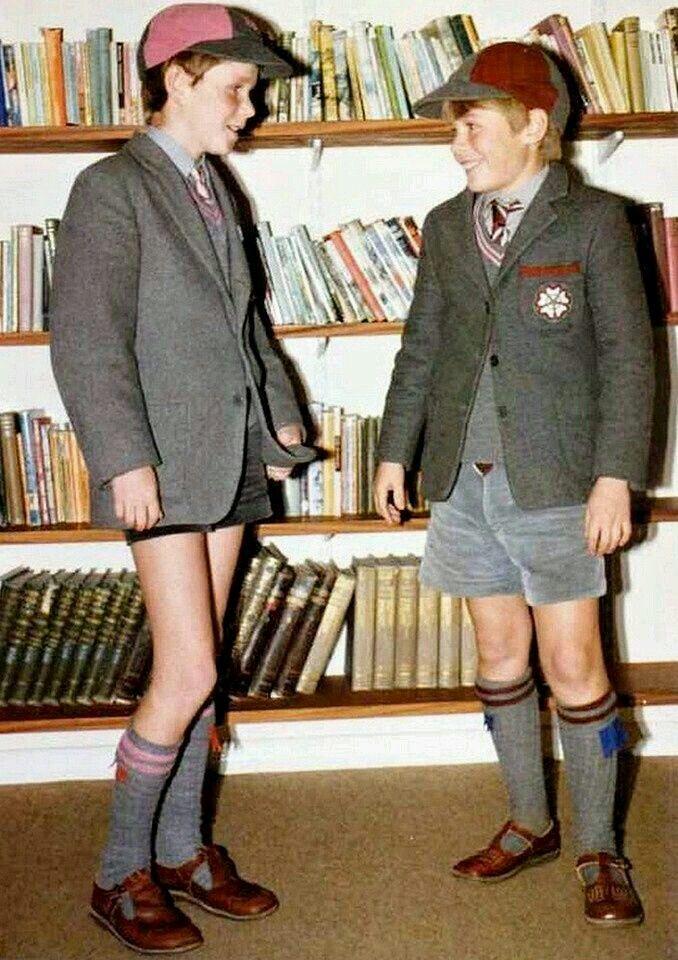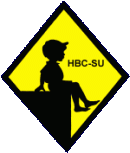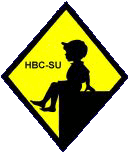
Figure 1.--There was still considerable attentin to uiforms at prep schools in the 1890s. School caps were still commn at prep schools in the 1960s. They began to disappear in the 70s. We still see some in the 80s. |

|
Another important development in the 1980s was coeducation, a trend beginning in the 1970s. Many boys' schools began accepting girls as a way of maintaining pupil roles and surviving economically. We also see most schools setting up pre-prep divisions as away of capturing prep enrollments. This was less common at girls' schools. We note a revival of private schools, including prep schools, by the late-20th century as many parents became concerned by perceived discipline and academic standards in the state schools. We see many families choosing private schools for the first time despite the cost. Earlier generations were primarily the same families. But this began to change in the 1970s and especially the 80s. The prep schools tended to achieve results substantially superior to the state system. Many middle-class families devoted the mother's salaries primarily to pay school fees. Another notable development is that an increasing number of parents, especially the mothers, began concerned about sending younger children to boarding schools. Rolls in day schools increased while the number of day students at boarding schools increased. Fees were substantial. We note quite a number of families choosing prep schools to give the children a good start even though they were unable to continue at private schools with the public schools. State schools spent something like £1,000.annually during the 1980s, although this does not include expenses faced by private schools. Private schooling is expensive. Something like £4,000.annually for day schools, about four times higher than pupil spending at state schools. Boarding schools are considerably more expensive. Interestingly, American costs were about double. Almost all prep schools required uniforms. We note many schools simplifying their uniforms. But most schools still had uniform with blazers or suits. The blazers and suit jackets were not commonly worn during the day. Caps began to disappear in the 970s and many schools did away with them. Most schools continue to require ties. Sweatshirts (jumpers) were very common.. At the end of the decade we see a few schools switching to sweatshirts. We see more boys wearing long pants, but short pants were still common. We also continue to see school sandals.
Related Chronolgy Pages in the Boys' Historical Web Site
[The 1880s]
[The 1930s]
[The 1940s]
[The 1950s]
[The 1960s]
[The 1970s]
[The 1980s]
Related Style Pages in the Boys' Historical Web Site
[Long pants suits]
[Short pants suits]
[Socks]
[Eton suits]
[Jacket and trousers]
[Blazer
[School sandals
